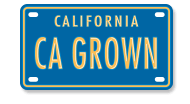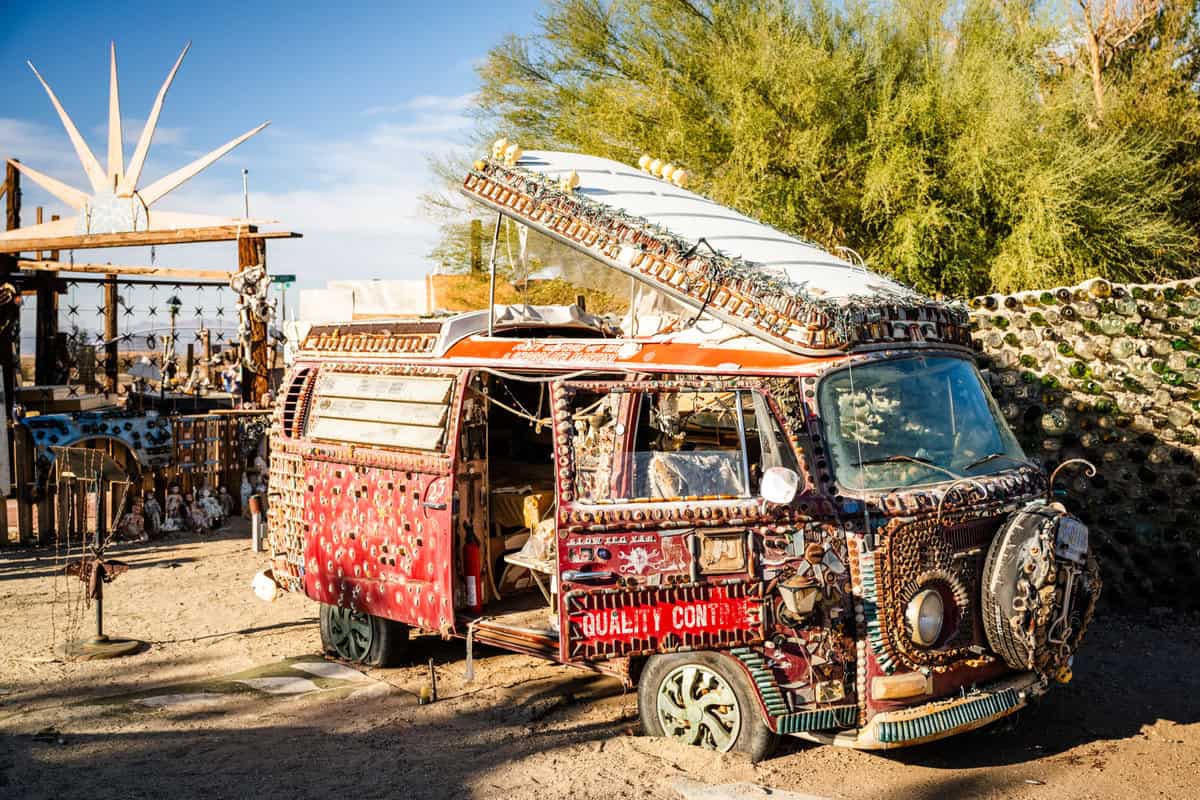In East Jesus, Sustainability + Creativity Go Hand In Hand
Imagine a world without waste, where discarded items are given new life and even made…beautiful. This is the idea behind East Jesus, an “experimental, sustainable, habitable art installation” tucked away near the edge of the Salton Sea. We met with artist in residence, Jenn Nelson, to learn more about this artistic oasis.
What is East Jesus?
If you look up the term “East Jesus”, it’s defined as a remote small town, a fictional, uninhabited place, or the middle of nowhere. While East Jesus, California is definitely in the middle of nowhere, it isn’t fictional – or even a town. Instead, it’s a 30-acre museum made entirely of discarded items, including rusted car parts and televisions, that have been reimagined and given new life. The saying “one man’s trash is another man’s treasure” has never rang so true than in East Jesus.
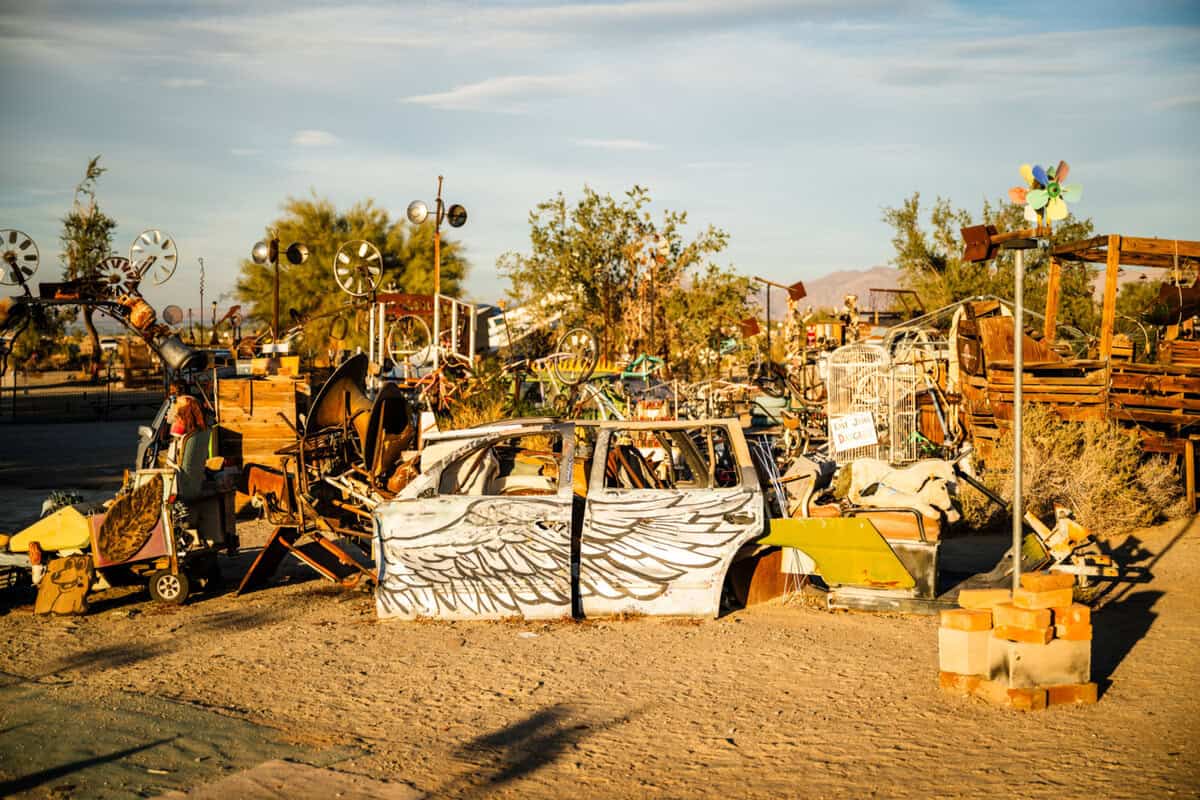
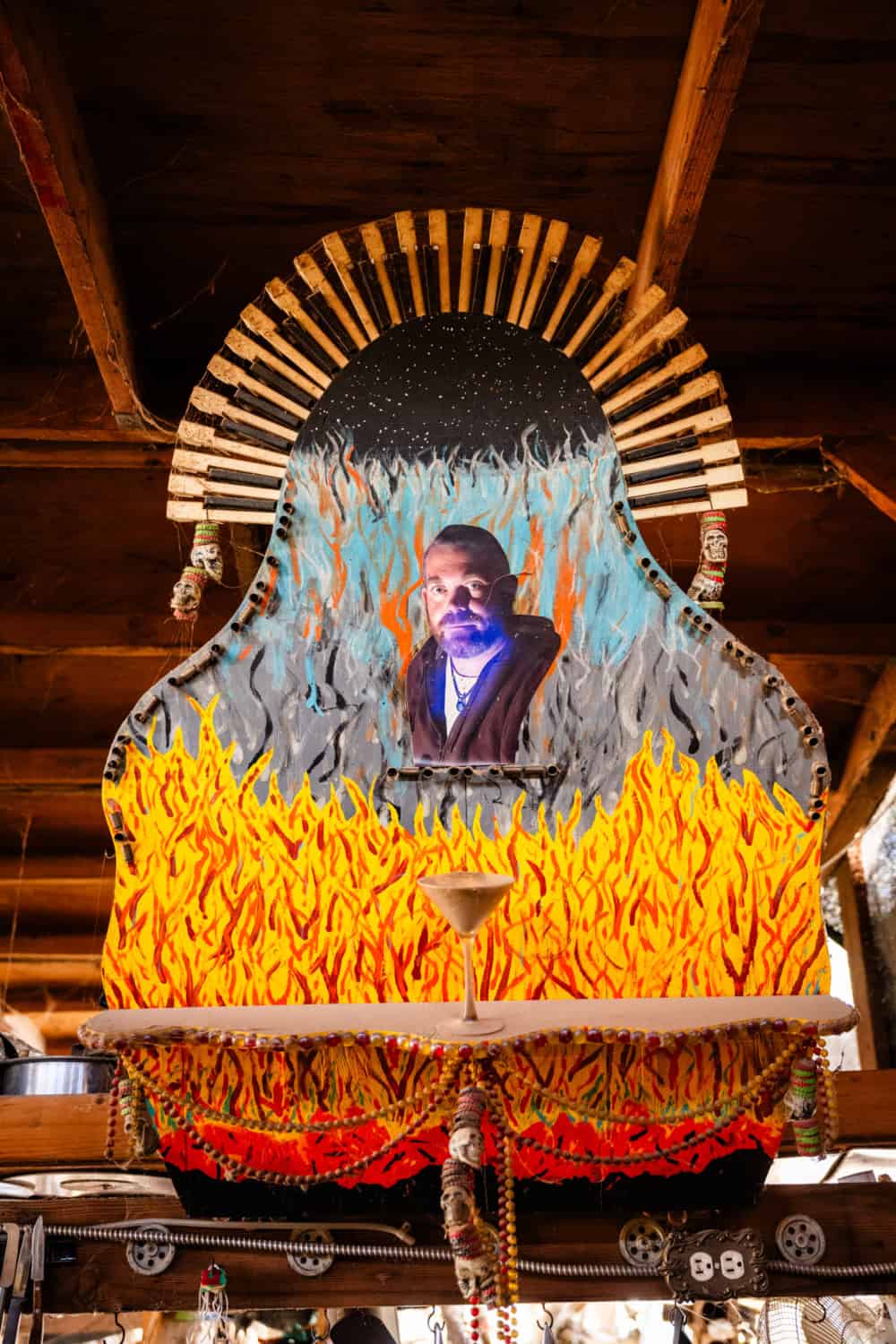
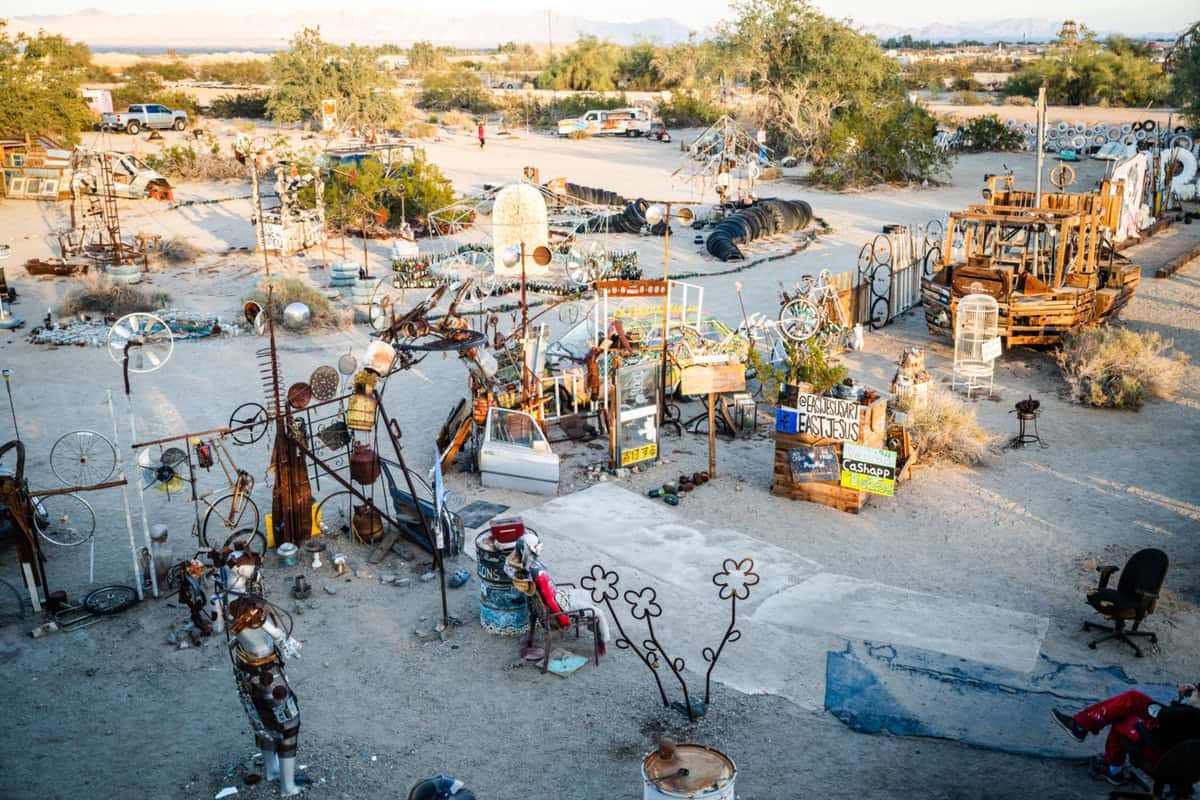
The man with the plan
In 2006, Charlie Russel decided to pack up shop and move to the middle of nowhere. Charlie was an Oakland artist who, for extra cash, picked up the odd electronic assembly gig every now and then. Longing for a place where he could dedicate all of his time and energy to his passion of assemblage art, he retreated to Slab City. The abandoned military training facility was known as an off-the-grid haven for artists, musicians and drifters. Charlie envisioned building a community entirely out of unwanted items, and Slab City was perfect since it was literally littered with trash. The site had been used as a dumping ground for years, so there was no shortage of “materials” for Charlie to use.
For the first year or so, Charlie set up shop near Salvation Mountain, a five-story-high, 150-foot-long work of art that serves as the cornerstone of Slab City. Charlie volunteered at Salvation Mountain, which (up until 2011) was ever-growing and evolving. The creator, Leonard Knight, spent over 25 years fine-tuning his masterpiece until his health declined, making it impossible to continue. Charlie fell in love with the idea of the never-ending art project, and working on Salvation Mountain only fueled his desire to create his own. Eventually, he identified the ideal location for his vision, the furthest edge of Slab City. Fittingly, he named it East Jesus.
Surviving…and thriving
Charlie was determined to make his vision a reality. Little by little, he began transforming the area from a wasteland to a wonderland. Sadly, he passed only four years later, but his dream lives on. Inspired by Charlie’s work, people still come to East Jesus and it continues to grow and thrive more than a decade after his death. In his will, Charlie expressed his desire to have the land registered as an art museum. Today, the 30 acres known as East Jesus is an ever-growing collection of different installations by various artists that attracts visitors from around the world. The free museum is open to the public 365 days a year, rain or shine.
What type of art will you see at East Jesus?
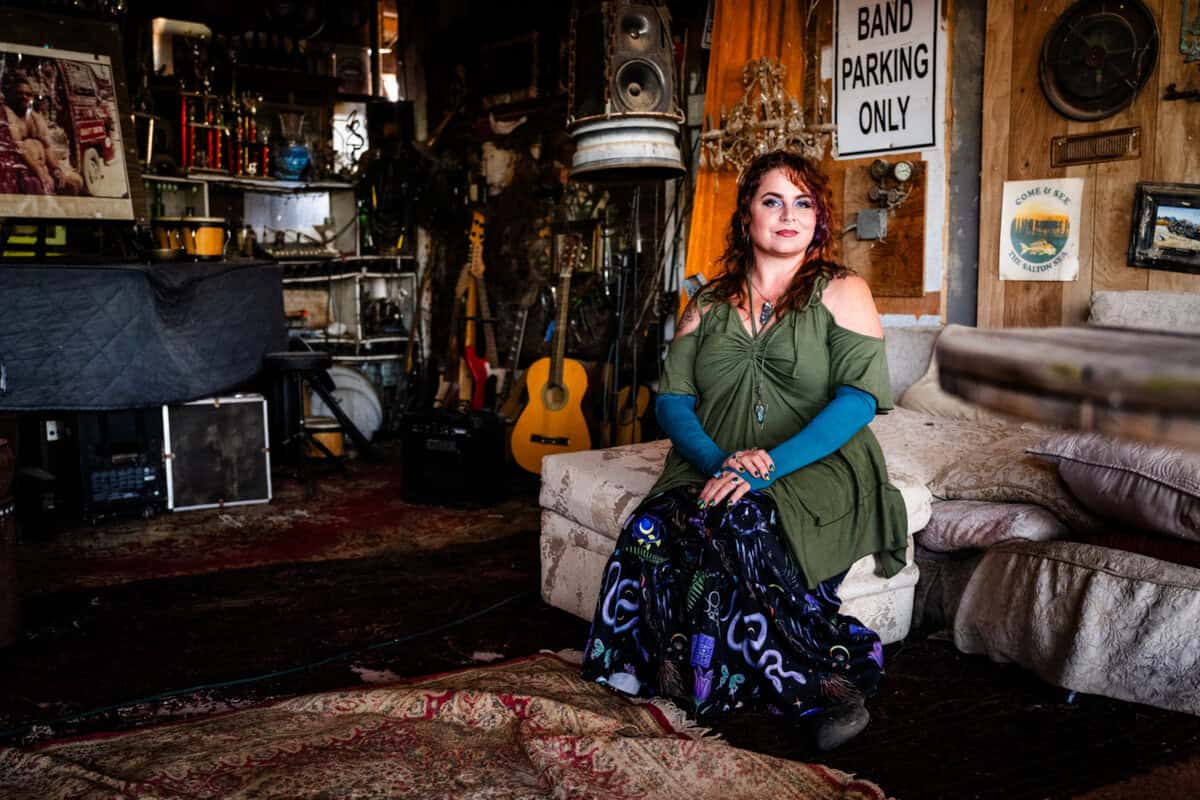
Jenn Nelson, an East Jesus Board Member and Artist-in-Residence, describes East Jesus as “an experimental, sustainable, habitable art installation that intends to imagine a world without waste where everything is an opportunity for self-expression”. Jenn, a former teacher who had befriended Charlie during the early years of East Jesus, moved there full-time
after his death and functions as a full-time curator and ambassador for Charlie’s vision. She explains, “Our mission is to preserve, protect, and continue the work of Charles S. Russel. His idea was part artistic expression and part sustainability. And so what we hope for is people to see how they can be creative in terms of reuse. And find opportunities to express themselves regardless of what they have available to them. We welcome everyone to come view the art, interact with the interactable pieces, and enjoy the idea of seeing what second lives their trash can have”.
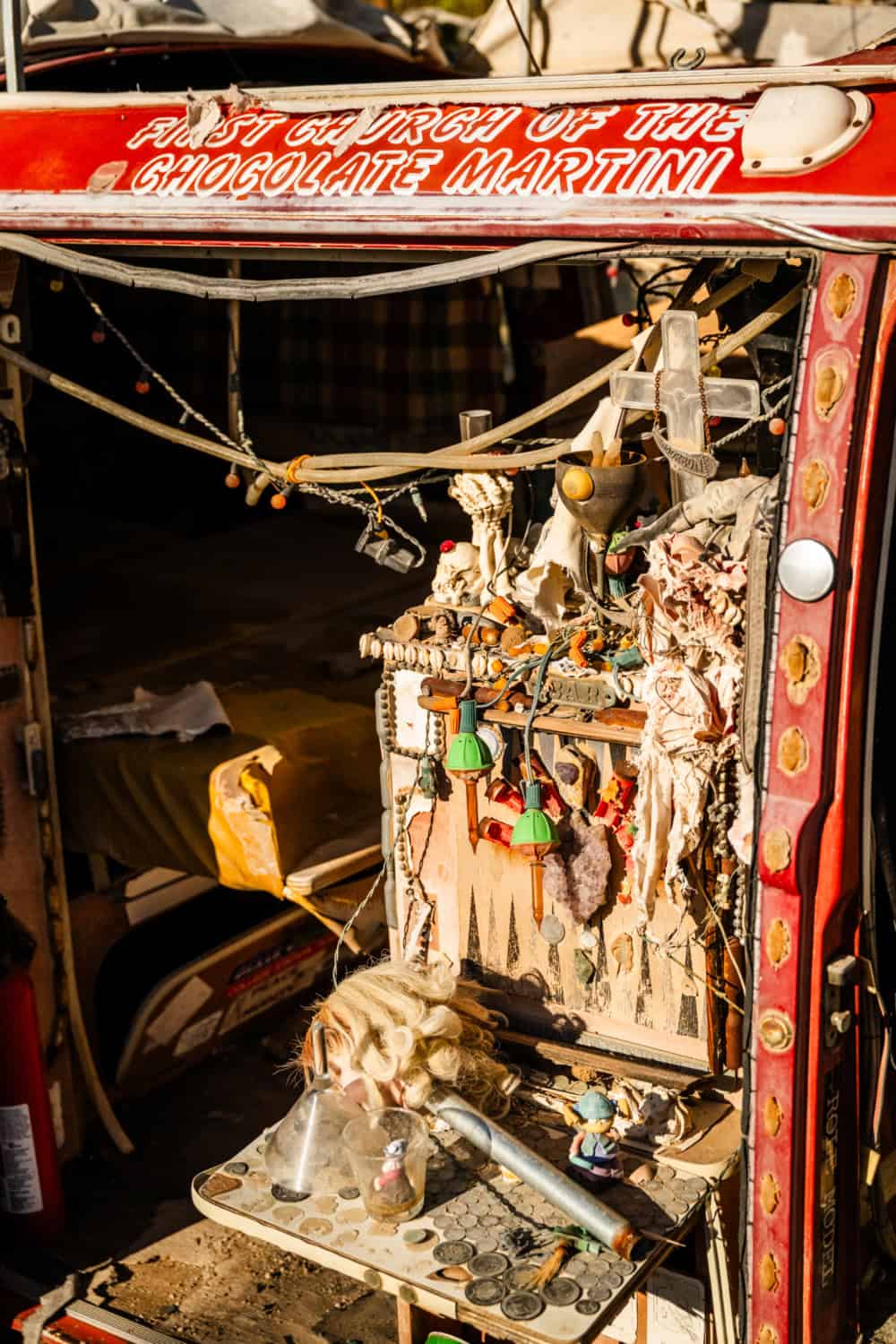
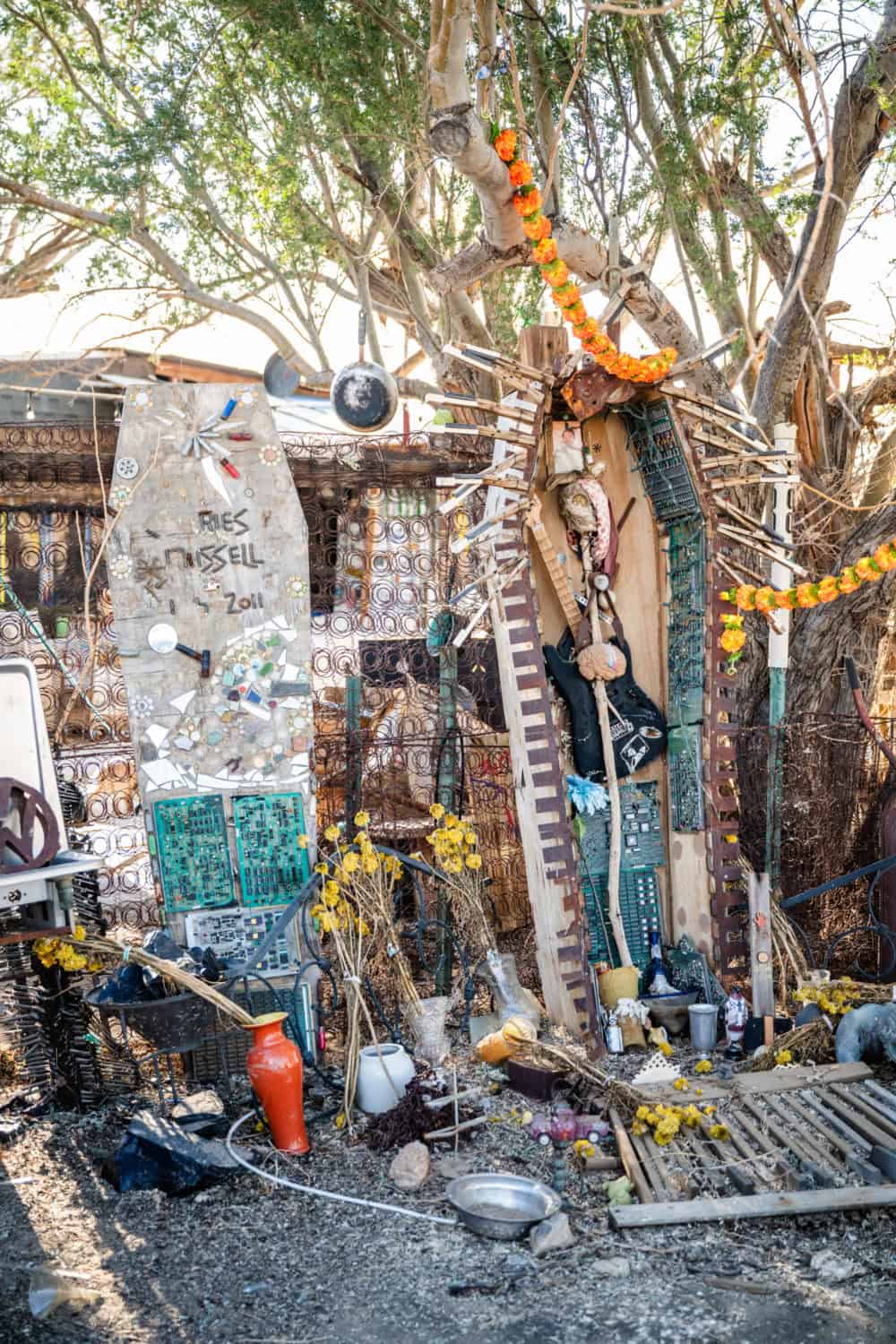
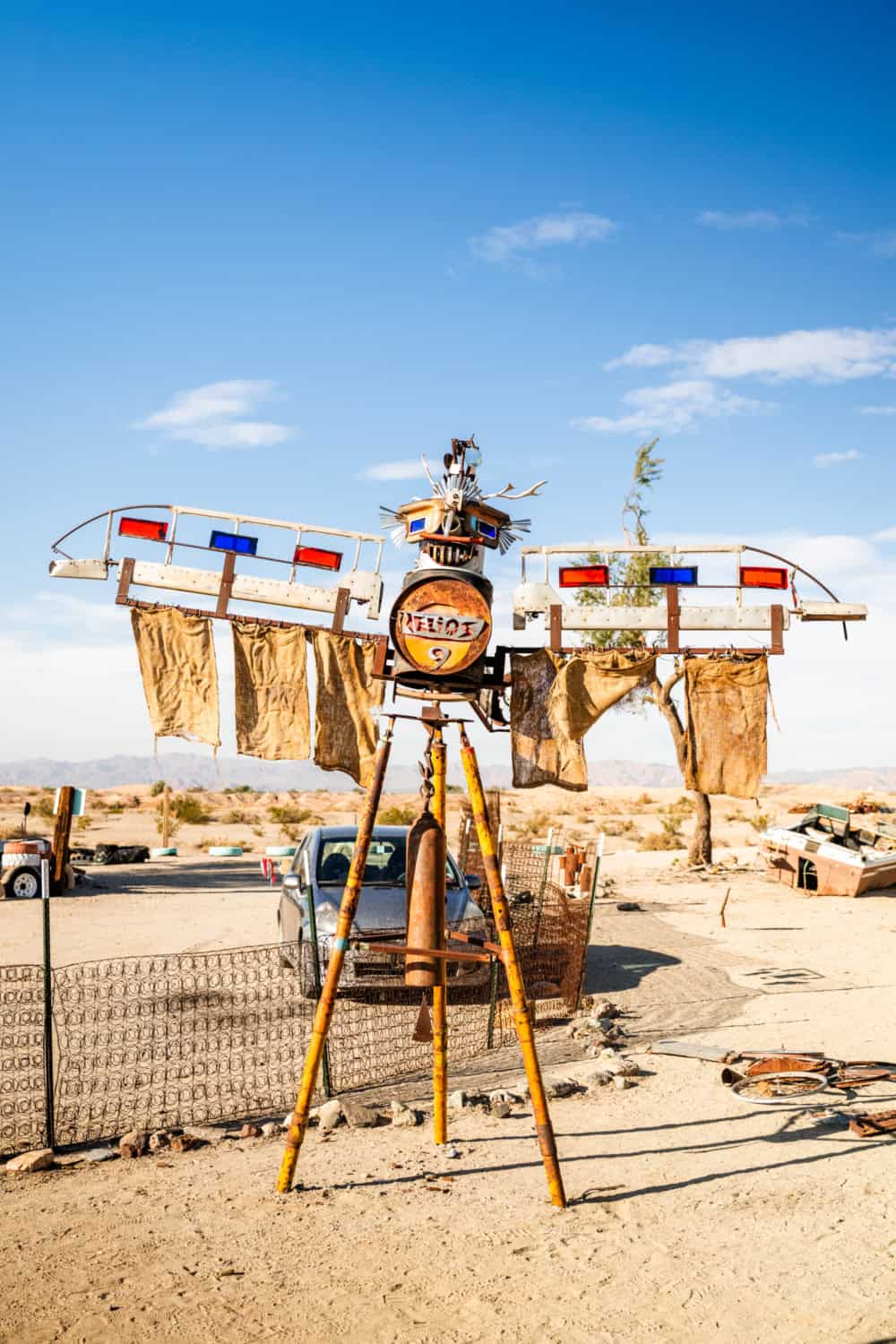
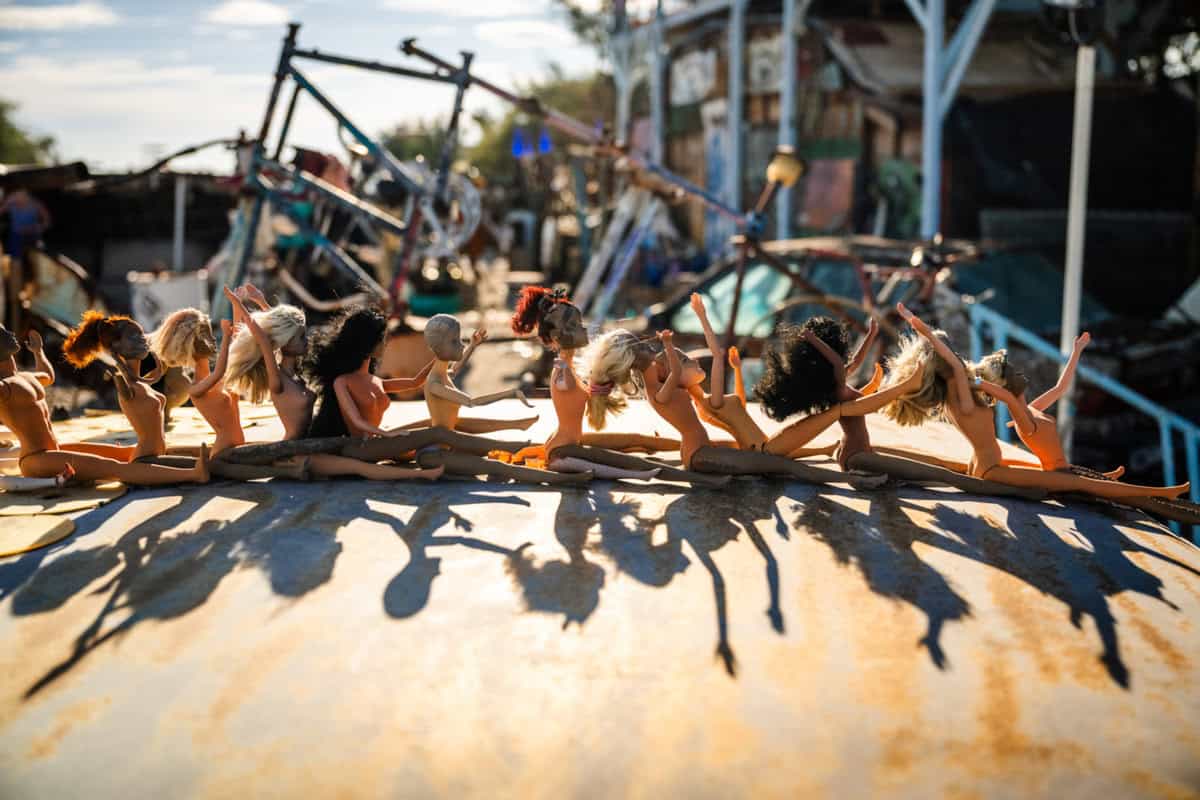
The Television Will Not Be Revolutionized
The Television Will Not Be Revolutionized is arguably the most iconic artwork in East Jesus. What started as a row of 12 televisions has grown over the years to an imposing 15-foot wall of televisions with painted white screens. Each screen is emblazoned with a different message painted in bold red lettering. The Television Will Not Be Revolutionized reflects how media and consumerism affect society.
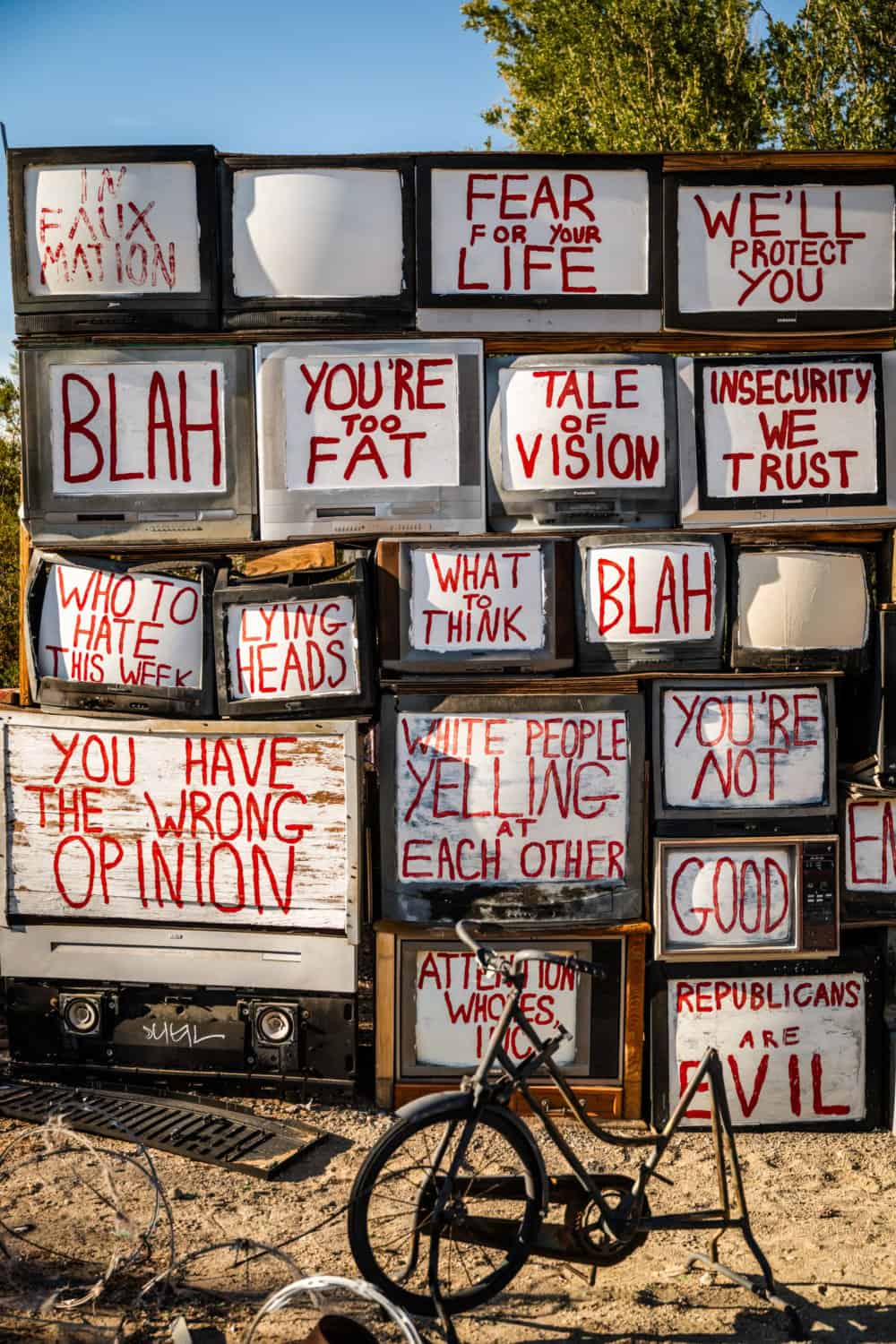
Jenn elaborates, “This is an amalgamation of all the mixed messages that come out of media and are deeply harmful. Messages that tell us that we’re not good enough. That if we buy more, we’ll feel better. That the road to happiness isn’t something that comes from within. And so, that piece resonates with so many people. I think that between that and how graphically engaging it is, People love coming out and taking their photos in front of it.”
Fun Fact: Kesha fans will recognize this piece (along with Salvation Mountain and the nearby Salton Sea) from her music video Praying.
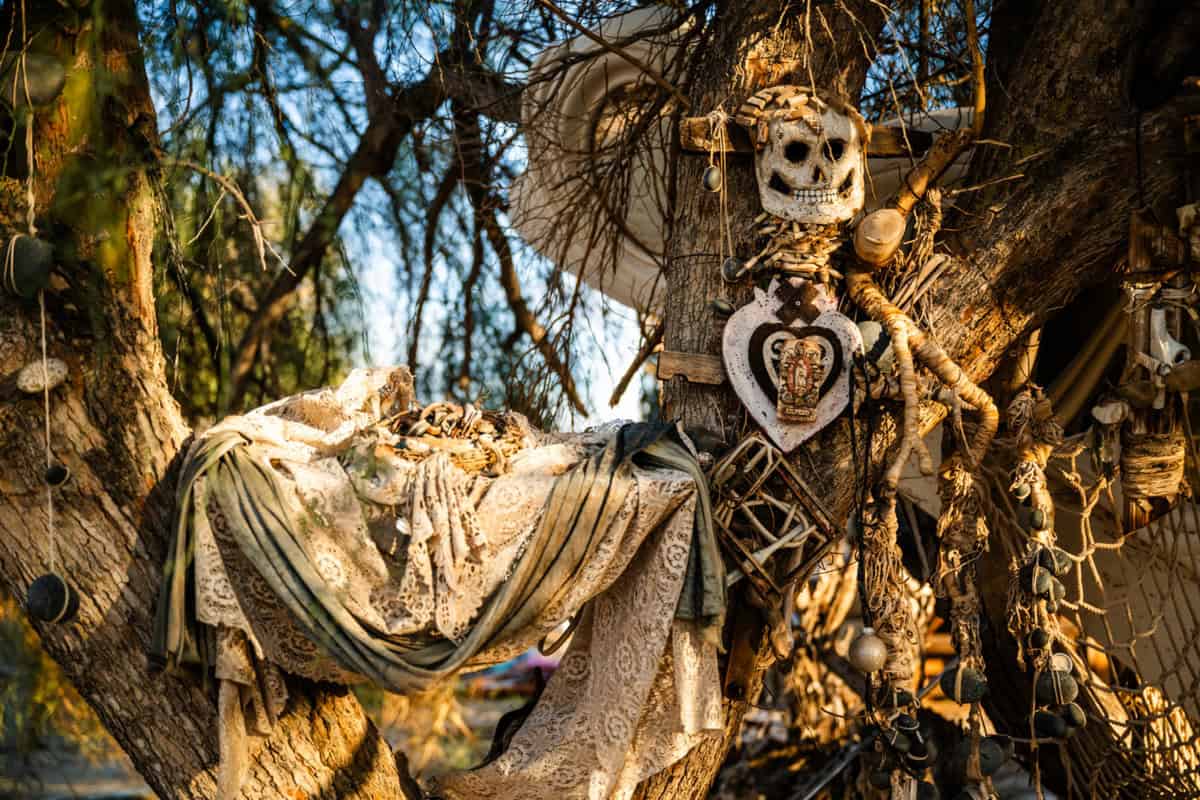
Leave Your Burdens
One of Jenn’s favorite pieces is Leave Your Burdens by Clarissa Callesen. She explains, “It is a collection of weights from our lives and it’s such a beautiful piece in terms of its execution, but also so meaningful. We’re all dragging around these weights and most of these weights we didn’t choose to pick up. It’s about freeing ourselves from those expectations that we don’t really resonate with.”
Is East Jesus Sustainable?
East Jesus residents strive to be sustainable in every possible way. Obviously, some discarded items are used to create artwork, but it goes much further than that. Jenn elaborates, “East Jesus is a marriage of sustainability and creativity. And so we’re not just providing an art amenity, but we’re also providing a demonstration of ways that we can all live more sustainably. And so everything from making our power through solar to composting our waste, but also reusing trash.”
Residents generate any needed power from a battery bank and solar panels and strive to find a purpose for every piece of waste. Donations help pay for additional food, water and supplies. Water is an extremely precious commodity. Composting toilets eliminate the need for traditional plumbed outhouses, and the resulting materials, along with any food waste, are composted and used to enrich their drip-irrigated gardens.
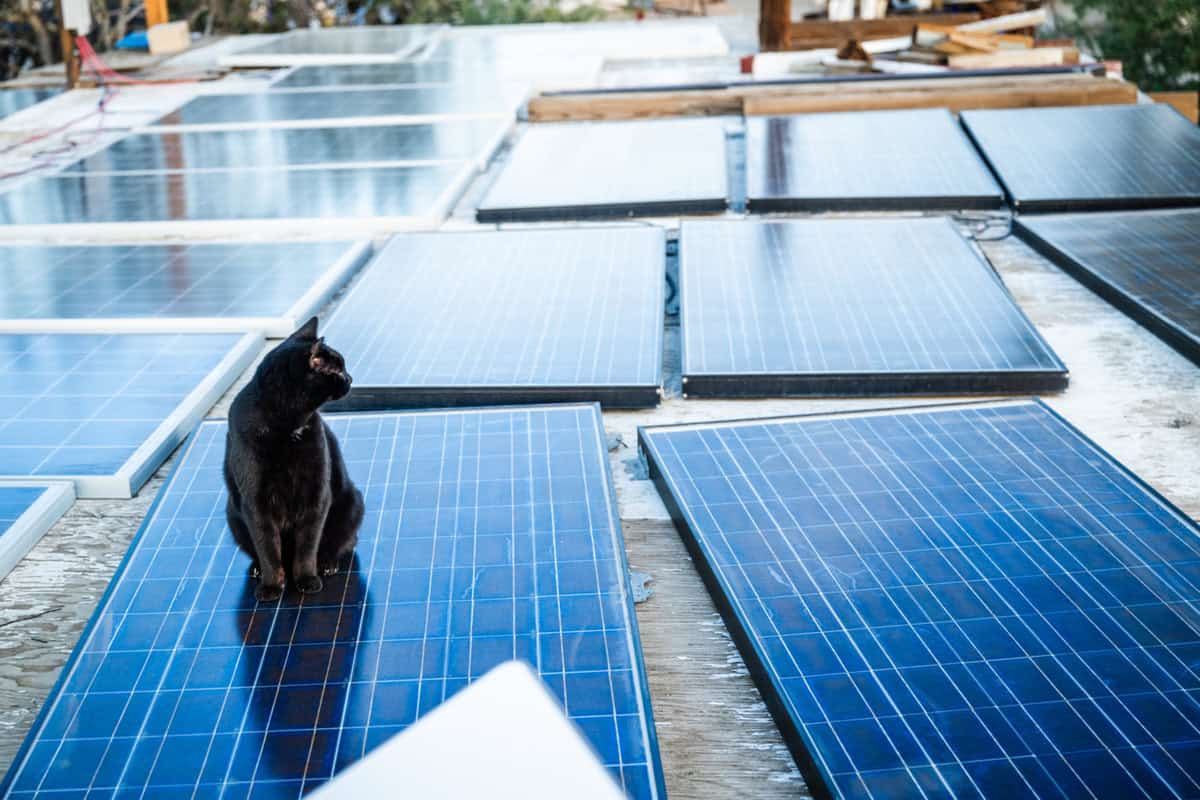
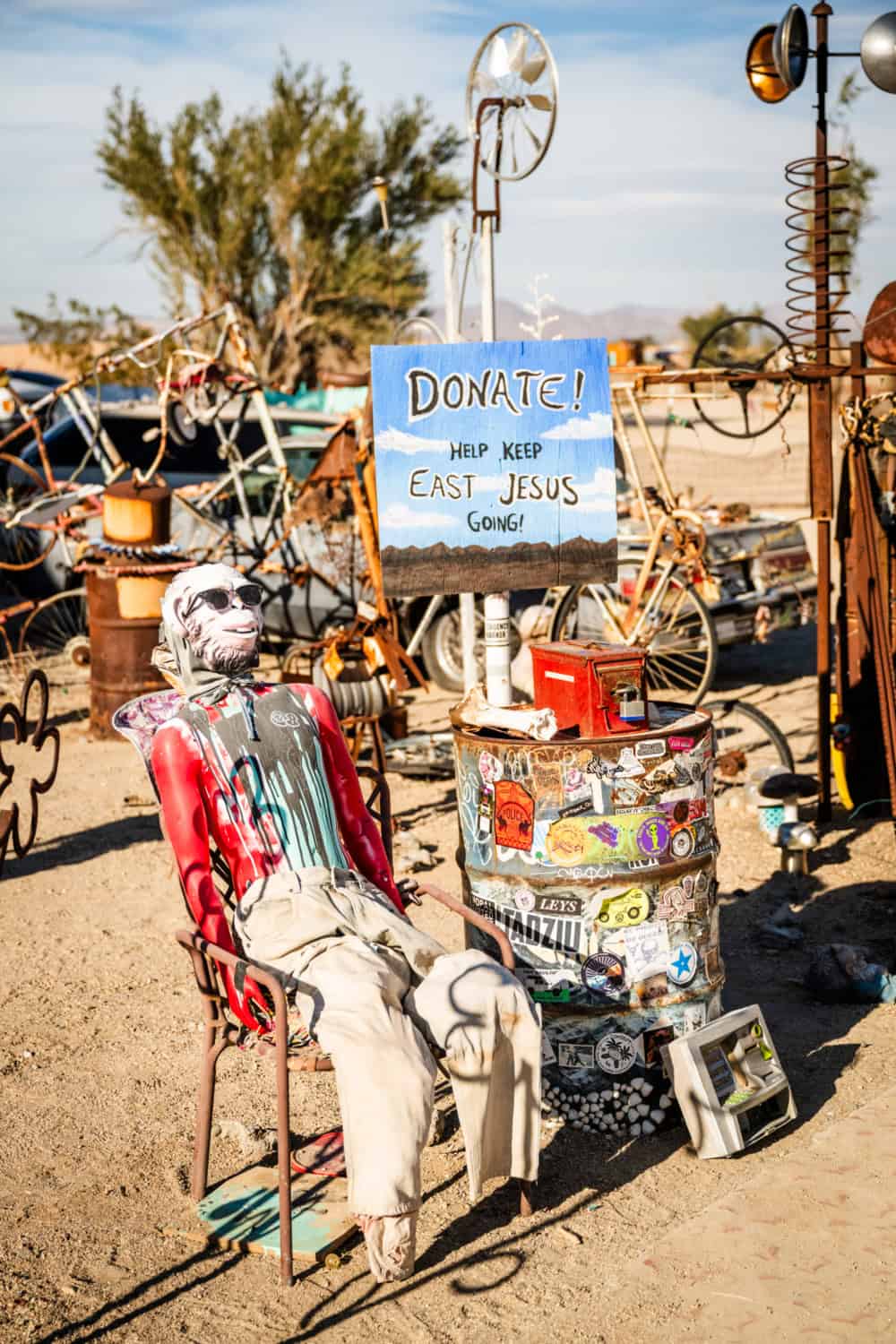
How to visit East Jesus
Visitors are welcome to visit East Jesus, and like-minded folks are even invited to stay a while and make their mark on the ever-changing exhibit. Jenn adds, “We’re open 365 days a year, sun-up to sundown. And we welcome everyone to come view the art, interact with the interactable pieces, and enjoy the idea of seeing what second lives their trash can have. Every time you come here, you’re going to see something different than you saw last time. You never really know what’s going to be hiding behind a corner.”
Your East Jesus Itinerary
You’ll want to allot plenty of time to appreciate the different exhibits in East Jesus – but since you’re there, it would be a shame to miss out on these nearby attractions.
Explore the shores of the Salton Sea
The Salton Sea is a weirdly wonderful man-made lake that offers some truly unique experiences for nature lovers. The shores of the Salton Sea are littered with the skeletons of dead fish and other creatures. Over time, the lake’s salinity has gradually increased to twice that found in our oceans. Fish are no longer able to survive in the salty waters. Because the area is also volcanic, keep an eye out for bubbling mud pots and huge chunks of obsidian jutting from the shore. While you’re there, be sure to visit The Sonny Bono Salton Sea National Wildlife Refuge, a popular destination with bird watchers and young families.
Try a World-Famous Date Shake
The nearby Coachella Valley isn’t just famous for a certain eponymous festival; it’s also the date capital of California! If you visit East Jesus, you’ve got to stop in town to grab a date shake. While you’re there, grab a bag of California Grown dates so you can recreate this frozen masterpiece at home.
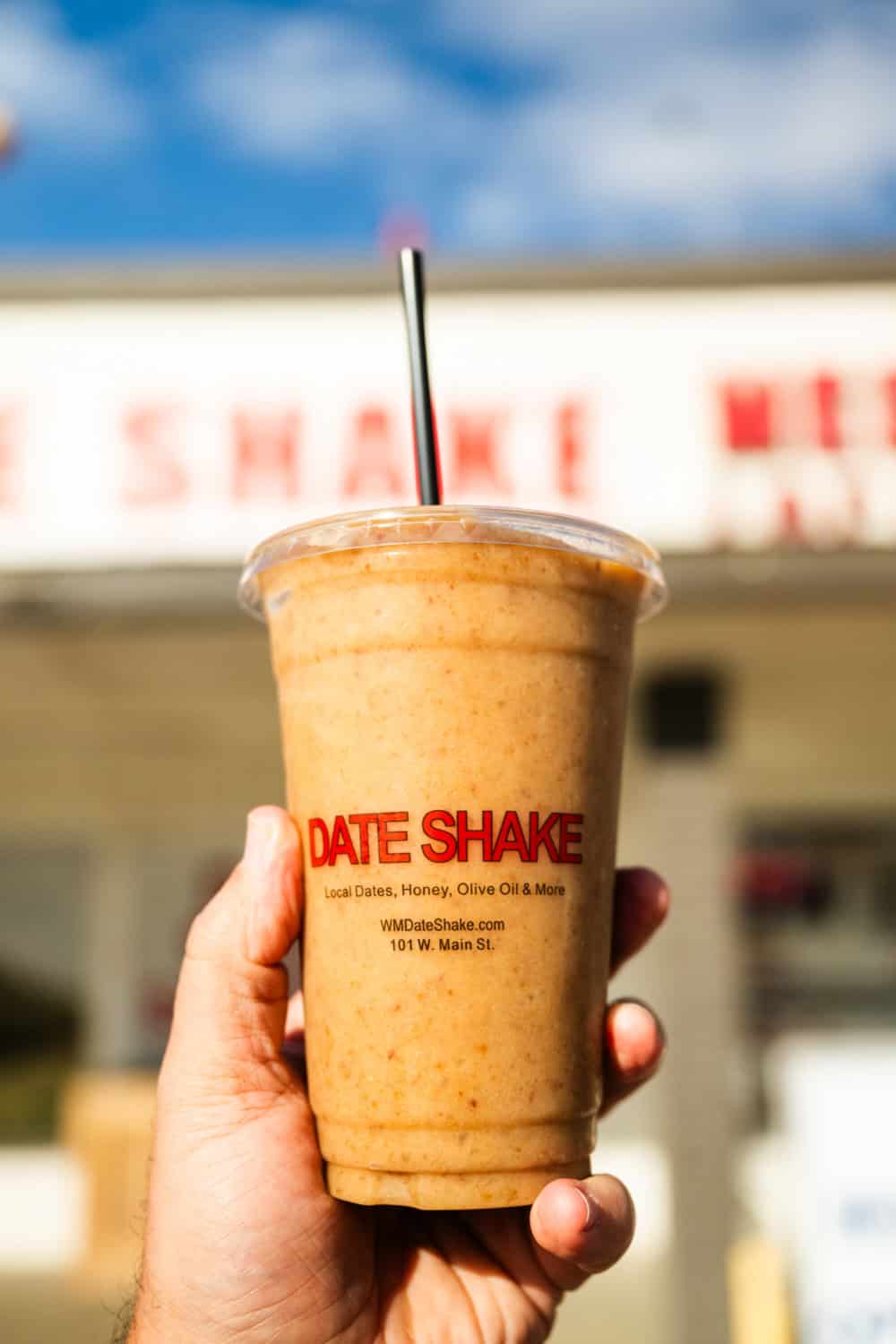
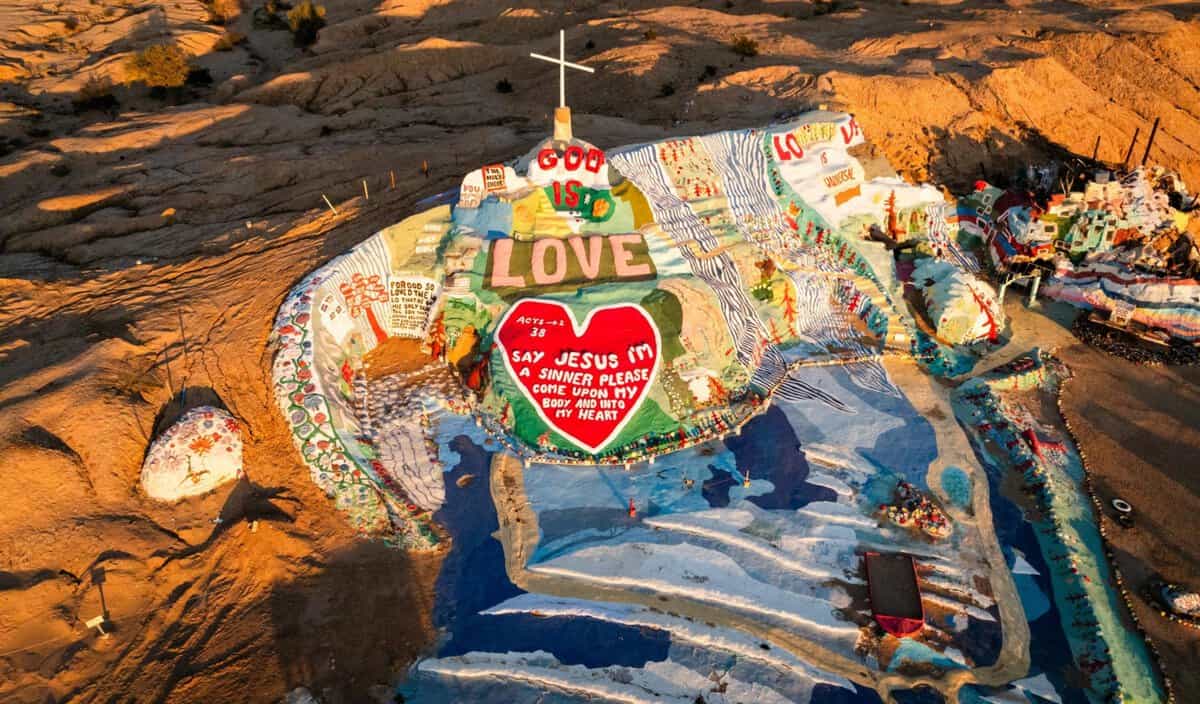
Visit Salvation Mountain
Charlie credits Salvation Mountain with inspiring his personal never-ending art project, East Jesus. Salvation Mountain was created in 1984 by Leonard Knight. Leonard was a devoted Christian, who spent his life dreaming up ways to share God’s love with the world.
After a few failed attempts at building a hot air balloon to spread his message, he was inspired to create Salvation Mountain, a colorful testament to his faith.
Make it a weekend
Heading towards the Salton Sea to check out East Jesus? Why not wrap in a Southern California Road trip? Not a planner? Don’t know where to go? Not a problem. Just follow our suggested route and fill in the blanks as you go!
Ride ATVs at Glamis and explore the Imperial Valley
Adventure seekers often pass through the Imperial Valley on their way to ride ATVs at Glamis. But if you’re interested in agritourism, there’s a whole lot more to see! The Imperial Valley is California agriculture’s secret weapon, allowing Golden State farmers to extend the growing season of over 65 different crops!
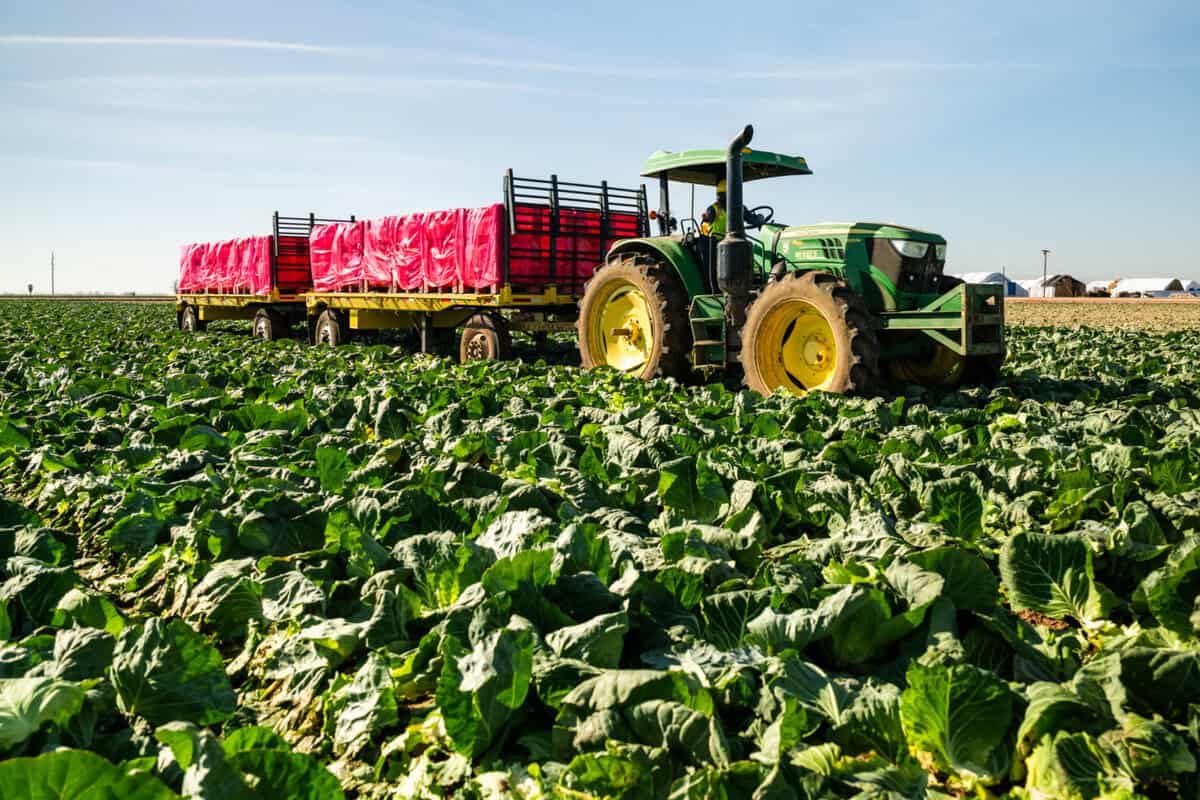
When temperatures cool in other parts of the state, production moves south to Imperial Valley. Some of the commodities grown by Imperial Valley farmers include broccoli, cauliflower, cantaloupes, carrots, dates and a whopping 90% of the Nation’s leafy green vegetables!
Choose your own adventure. Take in the rustic charm of Julian or spend the night at the stunningly chic Jacumba Hot Springs
After exploring the Imperial Valley, you’ll need to decide whether to take the northern or southern route to San Diego. The northern route leads you through Julian, a charming town in the Cuyamaca mountains. Here, you can visit u-pick farms, enjoy a glass of wine at small local wineries, grab a slice of their famous apple pie, or enjoy a fabulous seasonal meal at Jeremy’s on the Hill.
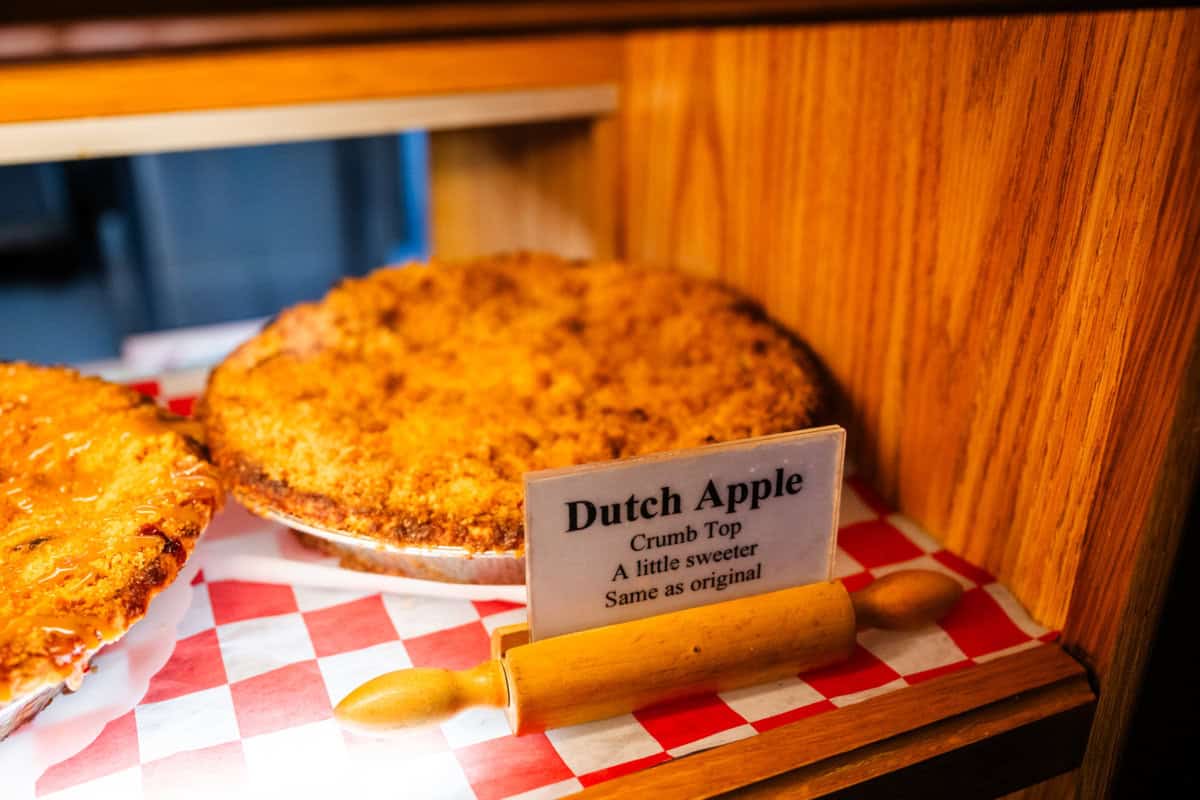
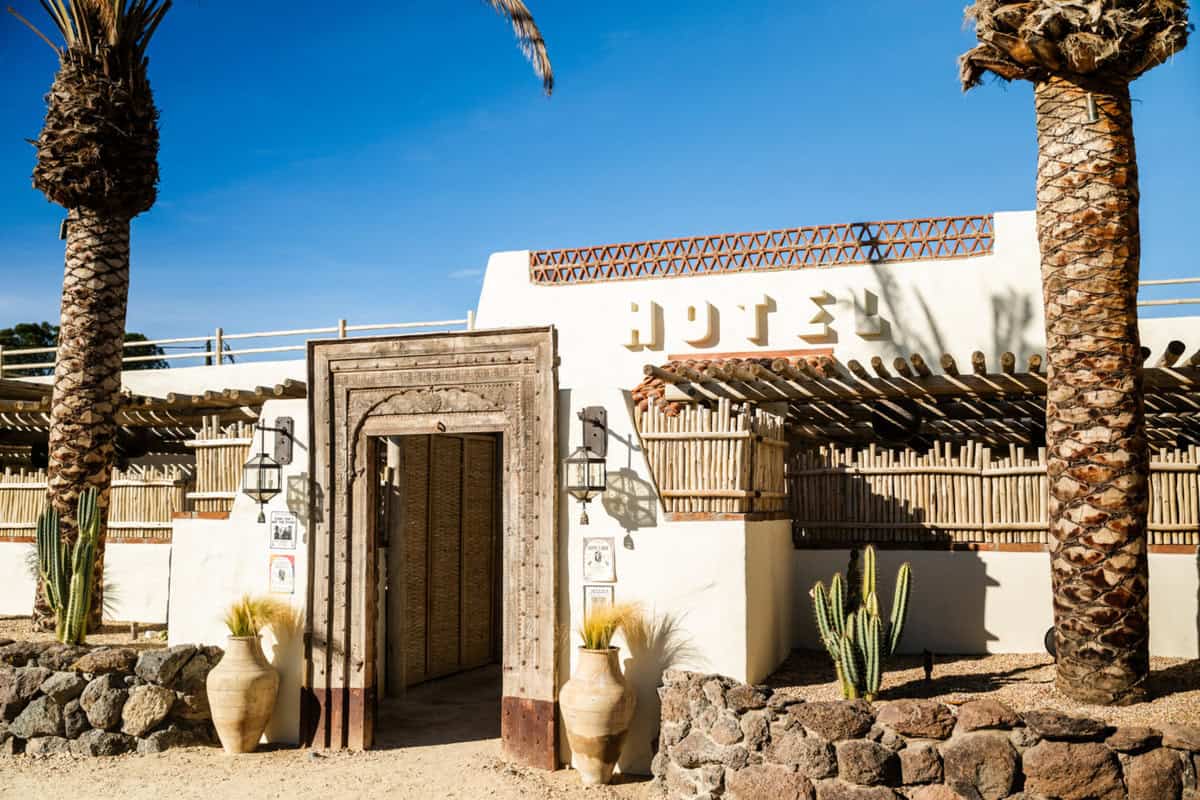
If you choose the Southern (more direct) route, stay the night at Jacumba Hot Springs Hotel. An arresting oasis in the middle of the Sonoran Desert, the hotel blends Southwestern and Moroccan design elements with modern minimalism. Grab a bite at the on-site farm-to-table restaurant (with ingredients sourced from Imperial Valley). After dinner, enjoy a restorative soak in the natural mineral hot springs.
Visit the Flower Fields and enjoy a picnic on the beach in San Diego
San Diego is well known for beaches, but that’s not all this Southern California gem offers. Be sure to check out the Carlsbad Flower Fields, a stunning display of rainbow-hued blooms that peaks in late spring. Then, head to Stehly Farms Market or Liberty Public Market to grab everything you need for a California-style picnic on the beach!
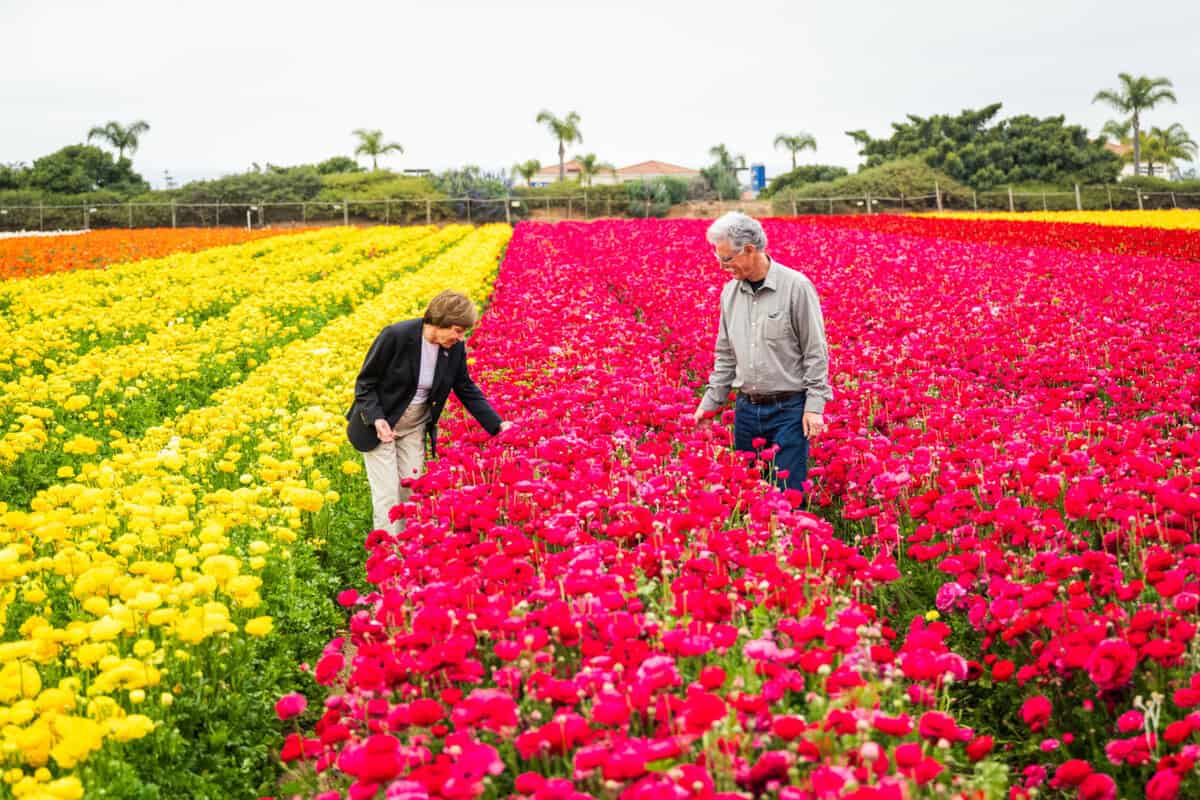
Go wine tasting and fly in a hot air balloon in Temecula
After exploring San Diego, loop back up north through Temecula. Although Temecula has a rich history, parts of this up-and-coming wine region have a distinctly European feel. Spend the day traipsing through verdant vineyards. Relax and sip some of the 40 different varietals and countless blends produced in the Temecula Valley.
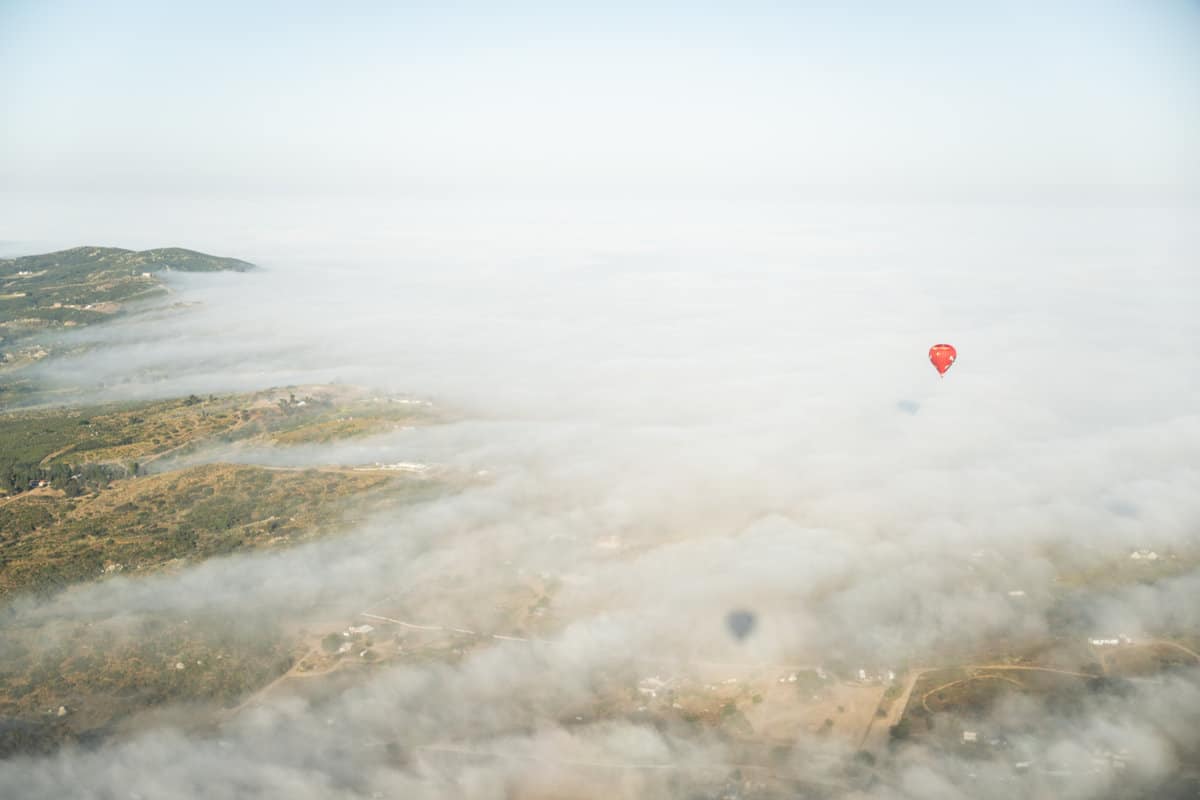
If you’re feeling adventurous, take in the view from above in a hot air balloon. If you’ve got something more sedate in mind, take a stroll through downtown Temecula. Be sure to stop in at Temecula Olive Oil Company to taste their incredible California Grown olive oil and Temecula Lavender Co for locally grown and produced soaps, oils and more.
Article by Hilary Rance. Photography by James Collier.
